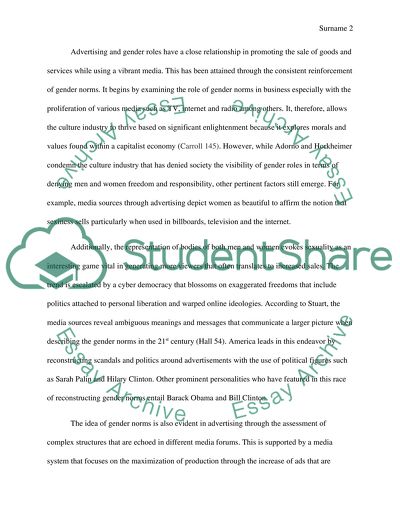Cite this document
(“Gender Roles in advertising Research Paper Example | Topics and Well Written Essays - 1500 words”, n.d.)
Retrieved from https://studentshare.org/journalism-communication/1494400-gender-roles-in-advertising
Retrieved from https://studentshare.org/journalism-communication/1494400-gender-roles-in-advertising
(Gender Roles in Advertising Research Paper Example | Topics and Well Written Essays - 1500 Words)
https://studentshare.org/journalism-communication/1494400-gender-roles-in-advertising.
https://studentshare.org/journalism-communication/1494400-gender-roles-in-advertising.
“Gender Roles in Advertising Research Paper Example | Topics and Well Written Essays - 1500 Words”, n.d. https://studentshare.org/journalism-communication/1494400-gender-roles-in-advertising.


